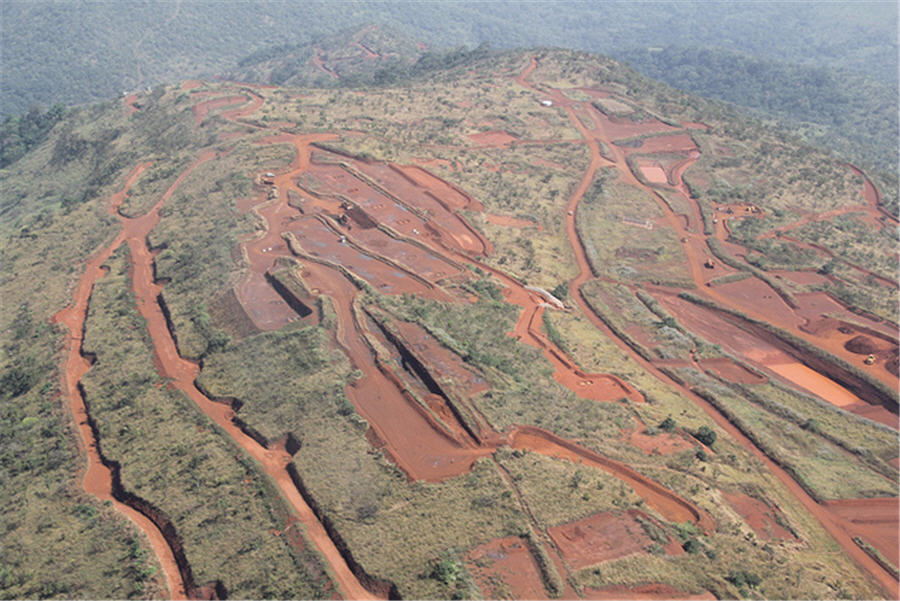Rio Tinto’s board gives green light to Simandou


Rio Tinto CEO Jakob Stausholm announced on Wednesday that the company’s board has given the green light to the Simandou mining project in West Africa.
Stausholm told the Financial Times that the company aims to commence iron ore production from the US$20 billion development as early as 2025.
Rio Tinto plans to invest US$6.2 billion in the mine, rail, and port project in the Republic of Guinea, in collaboration with other companies, including five from China.
“The board yesterday approved the largest mining project in the world,” Stausholm informed the Financial Times.
However, final investment approval from Rio’s state-owned Chinese partners, including Chinalco and Baowu, is still pending. Nonetheless, Stausholm expressed confidence that this approval would be granted soon.
In January, Baowu raised US$1.4 billion from a bond issue in China intended to support the project, said Rio’s CEO.
The project entails the construction of a 552-km rail line to transport high-grade iron ore from two new mines in the Simandou mountains – one to be constructed and operated by Rio Tinto – to a new deepwater port on Guinea’s Atlantic coast.
Simandou, anticipated to be the world’s largest and highest-grade new iron ore mine, is expected to increase global seaborne supply by around 5% upon commencement.
Rio Tinto holds two of four Simandou mining blocks as part of its Simfer joint venture with China’s Chalco Iron Ore Holdings (CIOH) and the government of Guinea. Rio Tinto holds a 53% stake, while CIOH holds the remainder.
The project has been the subject of prolonged negotiations due to its complex ownership structure, delays caused by legal disputes, Guinea’s political changes, and construction challenges.
In addition to the Simandou project, Rio Tinto is scaling up production at the Oyu Tolgoi underground copper mine in Mongolia, aiming to produce 500,000 tonnes of the metal annually starting from 2028.
THIS ARTICLE WAS ORIGINALLY POSTED ON MINING.COM
Comments